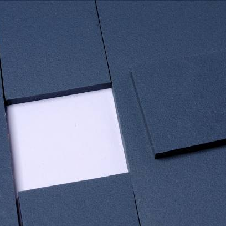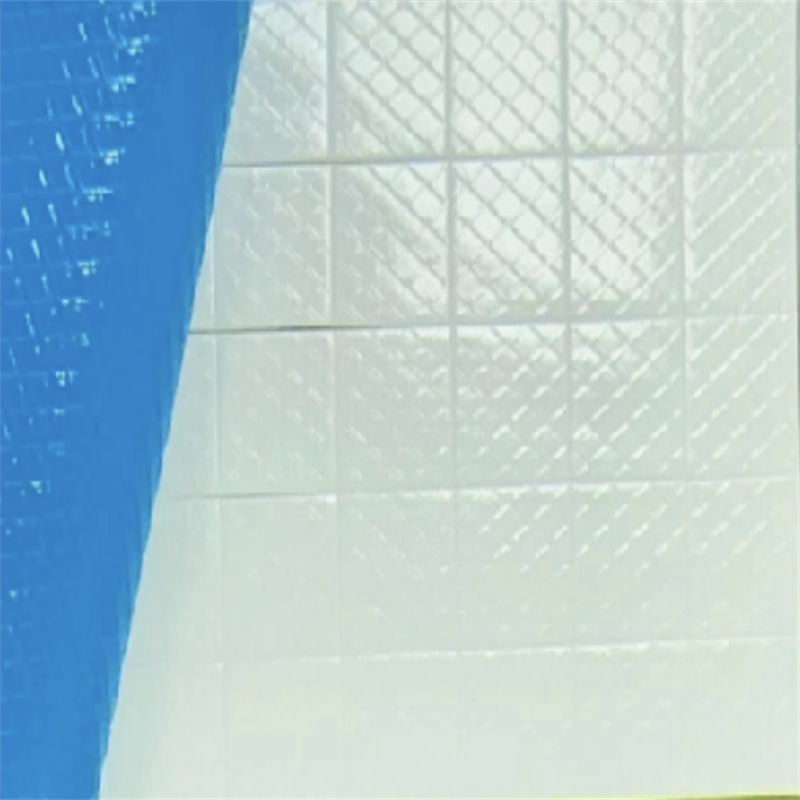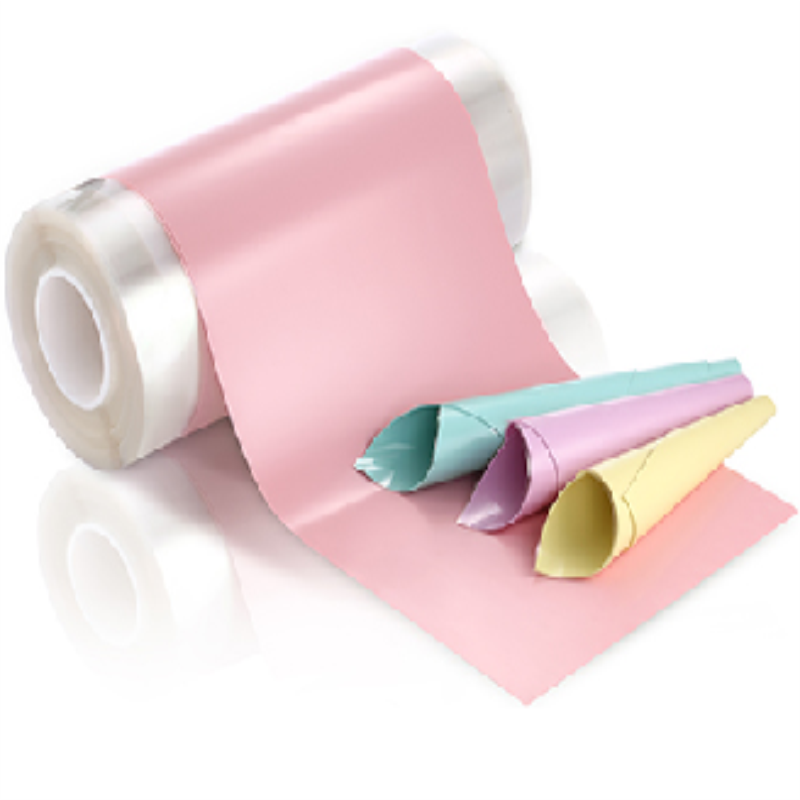Non-silicone thermally conductive pads
No silicone volatile material in the material, also known as no oil permeation and pollution-free Nthermally conductive silicone pads for silicone-sensitive applications, lower hardness than traditional non-silicone materials, providing higher deformation with higher thermal conductivity
Silicone-free thermally conductive silicone uses a silicone-free compound as the base material, avoiding the volatiles that may be produced by silicone in high temperature environments and further improving thermal conductivity.
Compared with traditional silicone, silicone-free thermally conductive silicone has a higher thermal conductivity, which can effectively transfer heat to heat sinks or other heat dissipation devices and improve the heat dissipation efficiency of the devices.
-Available thermal conductivity range : 1W~6W
-Available specifications: sheet, slice, punch, backing (can be die-cut into various sizes and shapes according to customer’s specification).
-Thickness: Thickness range: 0.5~5mm Conventional thickness generally: 0.5mm, 0.75mm, 1.0mm, 2.0mm, etc.
-Hardness: Shore C 20~45, special hardness can be customised according to requirements
Netcom products, 5G base stations, high frequency modules, communication equipment, artificial intelligence, consumer electronics, aerospace, medical equipment, etc.
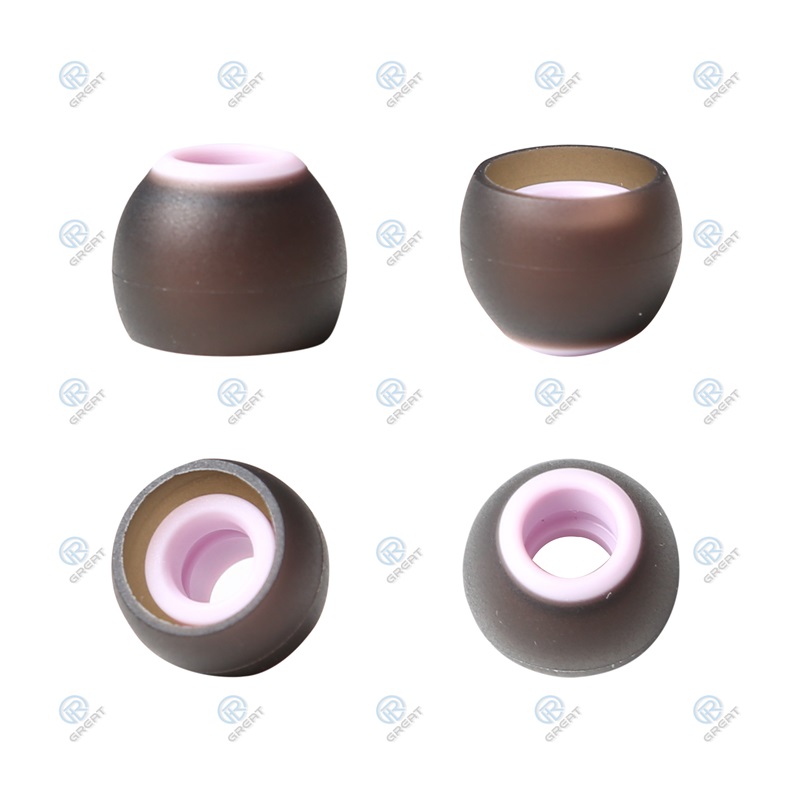
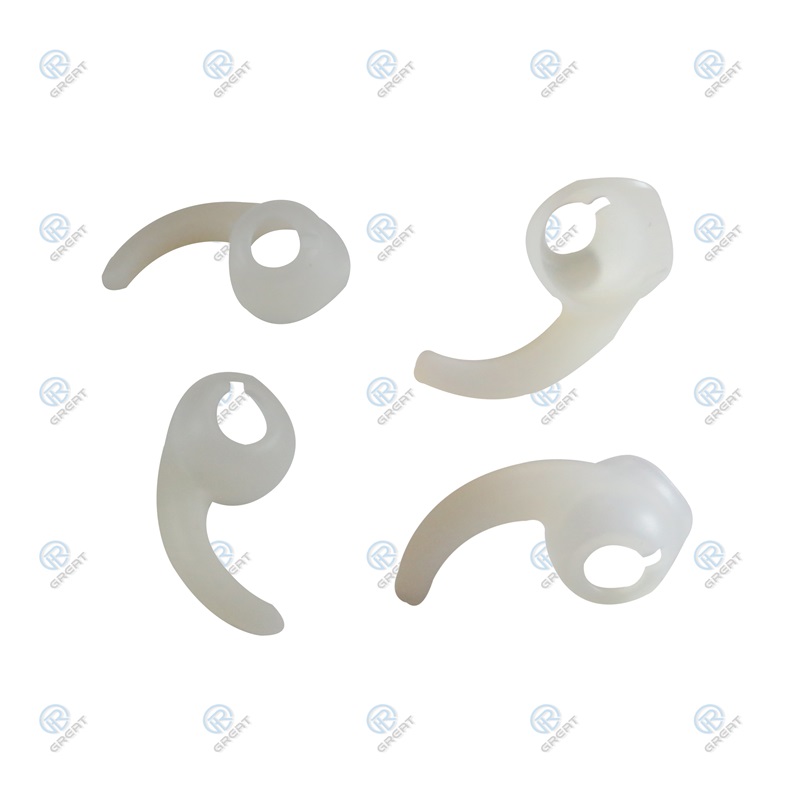
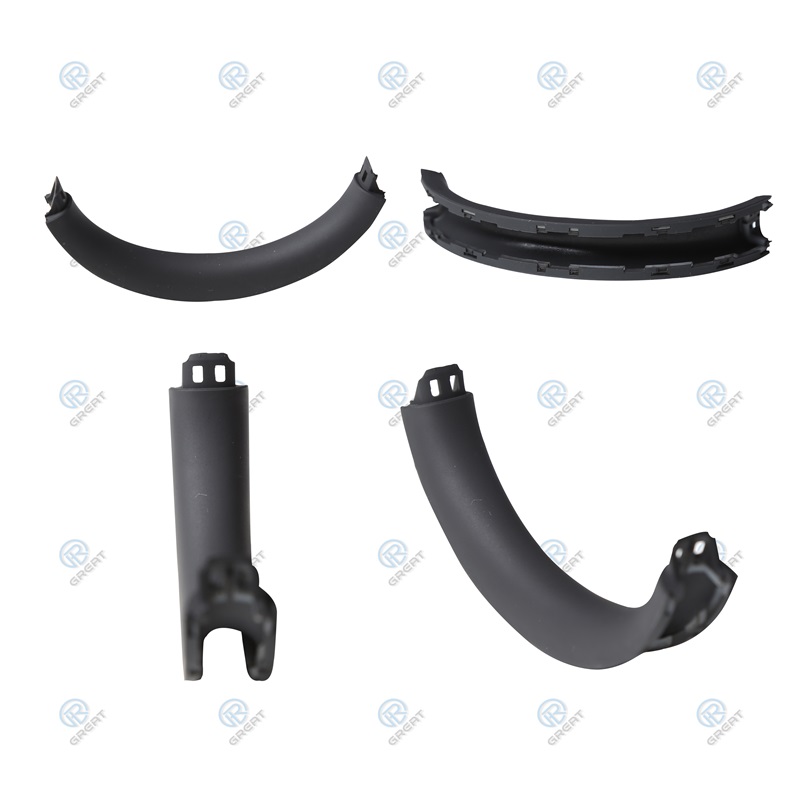
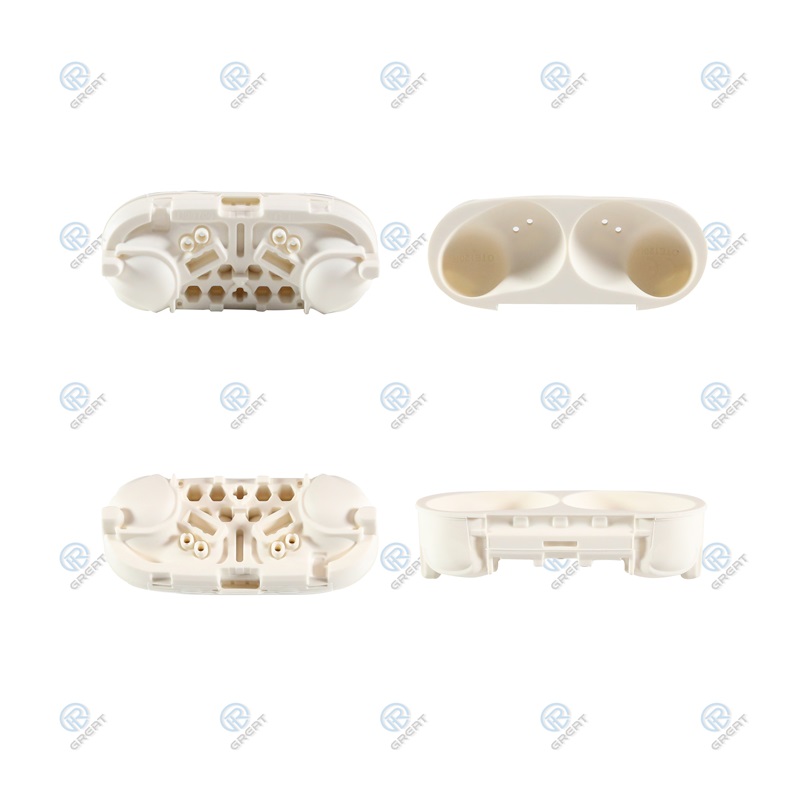
Get A Free Quote
ShenZhen Great Technoloy Co., Ltd. was founded in 2005, specializing in the research and development, production and sales of silicone and rubber products.
Related products
-
Low Siloxane Overflow Thermal Pad
It is a kind of thermal interface material with ultra-low hardness, ultra-low heat, and ultra-low oil emission.
-
EMI Thermal Conductive Silicone Pad
Netcom products, 5G base stations, high frequency modules, communication equipment, artificial intelligence, consumer electronics, aerospace, medical equipment, etc.
-
Thermal Pad
Thermally conductive silicone pad is a thermally conductive medium material synthesised through a special process using silicone as the base material and adding various auxiliary materials such as metal oxides.
